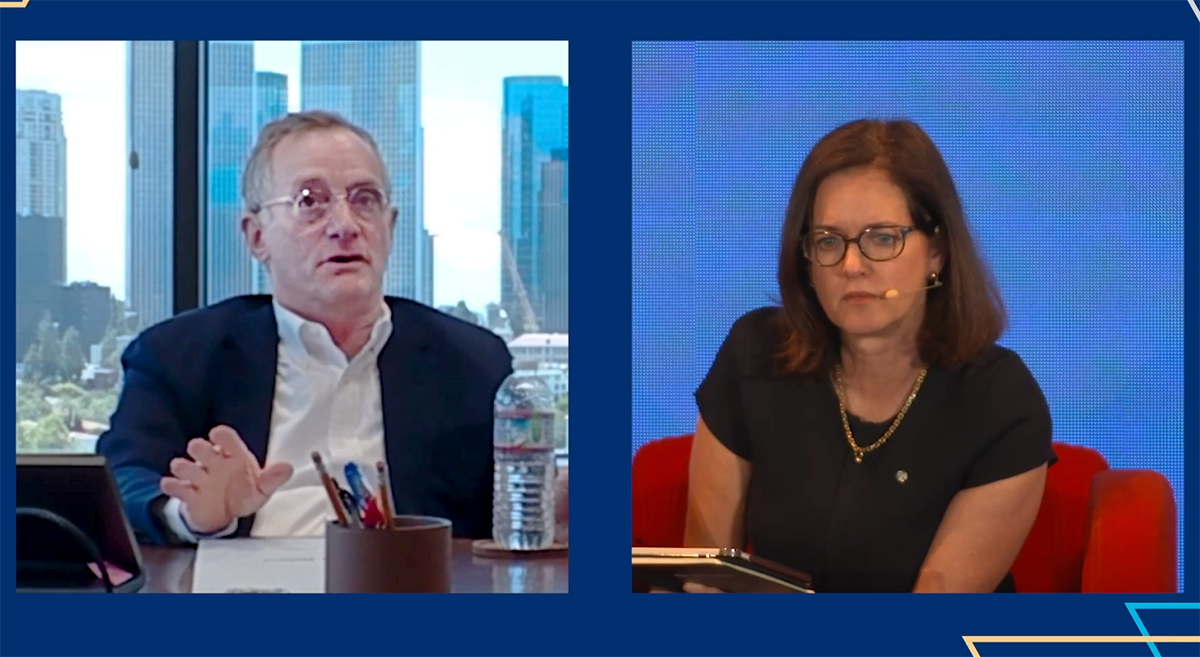Key Points:
- Legendary investor Howard Marks believes that the end of easy money and low interest rates represents a sea change in the financial markets.
- Marks predicts that interest rates will not continue to decline and that investors will have to adjust to more difficult conditions.
- He suggests that the market is shifting from a borrower-friendly environment to one that is more favorable for lenders.
- Marks sees opportunities in credit investing, as fixed-income investors can now achieve equity-like returns.
- He compares the current sea change to two previous ones he experienced in his career: the introduction of non-investment-grade bonds and the decline of interest rates in the 1980s.
- Marks also discusses the potential risks and opportunities in private credit and the importance of demand and supply dynamics in asset classes.
The financial markets are undergoing a significant shift as the era of easy money and ultra-low interest rates comes to an end, according to Howard Marks, CFA, co-chair and co-founder of Oaktree Capital Management. Marks recently discussed this sea change and its implications for investors in a virtual conversation with Margaret “Marg” Franklin, CFA, at the Asset and Risk Allocation Conference.
Marks believes that the end of easy money represents a new era in the financial markets, one that will require investors to rethink their investment strategies and adjust to more challenging conditions. He does not predict a return to high interest rates but expects rates to stabilize rather than continue declining.
As an experienced value investor, Marks suggests that the current environment is more favorable for lenders and less positive for borrowers. He sees opportunities in credit investing, as fixed-income investors can now achieve equity-like returns. While he acknowledges that interest rates could potentially rise in the future, he views the current market as a good time for credit investing.
Marks compares the current sea change to two previous ones he experienced in his career. The first was the introduction of non-investment-grade bonds in the 1970s, which allowed investors to buy high-yield bonds that offered sufficient interest to compensate for their credit risk. The second sea change was the decline of interest rates in the 1980s, which created a favorable environment for equity and fixed-income investments.
Regarding the current market environment, Marks sees both risks and opportunities in private credit. He notes that there has been significant growth in private lending since the global financial crisis, but he does not consider it a bubble at this point. He believes that the true impact of private credit will be revealed when market conditions change.
Marks also highlights the importance of demand and supply dynamics in various asset classes. He suggests that when there is excessive demand for an asset class, the resulting investments may not have adequate safety and yields. On the other hand, when demand decreases, yields go up, and lenders can demand more safety measures.
In conclusion, Marks advises investors to consider the implications of the end of easy money and adjust their investment strategies accordingly. While the current environment may present challenges, it also offers opportunities for credit investors. Ultimately, understanding the dynamics of supply and demand and carefully selecting investments is crucial to navigating these changing market conditions.







